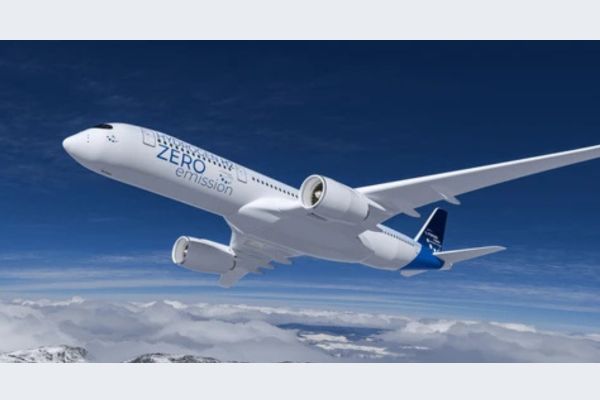Hydrogen Aircraft: Transforming the Future of Aviation
Key Ideas
- The global hydrogen aircraft market is projected to grow significantly, reaching USD 28.89 billion by 2034 with a CAGR of 38.24% from 2025.
- Hydrogen offers a sustainable solution for aviation, providing zero emissions at the point of use and up to 75% less climate impact compared to conventional aircraft.
- Key technologies like cryogenic hydrogen storage and advanced fuel cells are driving the market, while countries like the US, Germany, France, and the UK are leading in hydrogen aviation development.
- Public-private collaborations and government support are accelerating the adoption of hydrogen-powered aircraft globally, with Asia (Japan, South Korea, China) also making strides in this sector.
The global hydrogen aircraft market is on a trajectory of significant growth, with a projected market size of USD 28.89 billion by 2034, showcasing a remarkable CAGR of 38.24% from 2025. As the aviation industry aims to decarbonize and reduce its environmental impact, hydrogen aircraft have emerged as a promising solution. These aircraft offer zero emissions at the point of use, significantly reducing climate impact compared to traditional aircraft and can be produced renewably through green hydrogen pathways.
Technological advancements such as cryogenic hydrogen storage, advanced fuel cells, hybrid propulsion systems, and lightweight composites are propelling the market forward. Countries worldwide are investing in hydrogen aviation, with the US, Germany, France, the UK, Japan, South Korea, and China standing out for their contributions.
The US is making significant strides with federal funding and private innovation, while Germany leads Europe's efforts with its National Hydrogen Strategy. France is home to Airbus's ZEROe program, aiming for a zero-emission commercial plane by 2035, and the UK is focusing on zero-emission domestic flights by 2030. In Asia, Japan, South Korea, and China are exploring hydrogen aviation applications, showcasing strong initiatives and manufacturing capacities.
Public-private collaborations and government support are key drivers in the global adoption of hydrogen aircraft. With the involvement of major players in the market and advancements in hydrogen technology, the future of aviation is increasingly looking towards sustainable and eco-friendly solutions, positioning hydrogen aircraft as a transformative force in the industry.
Topics
Aviation
Aviation Industry
Environmental Sustainability
Government Initiatives
Technological Innovation
Market Dynamics
Global Market Analysis
Country-level Analysis
Key Technologies
Latest News
